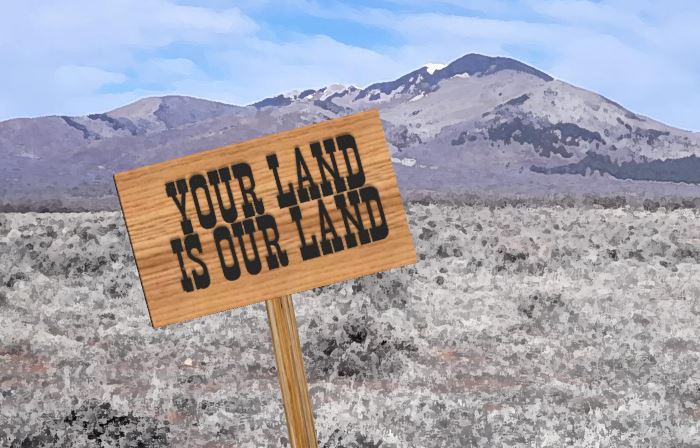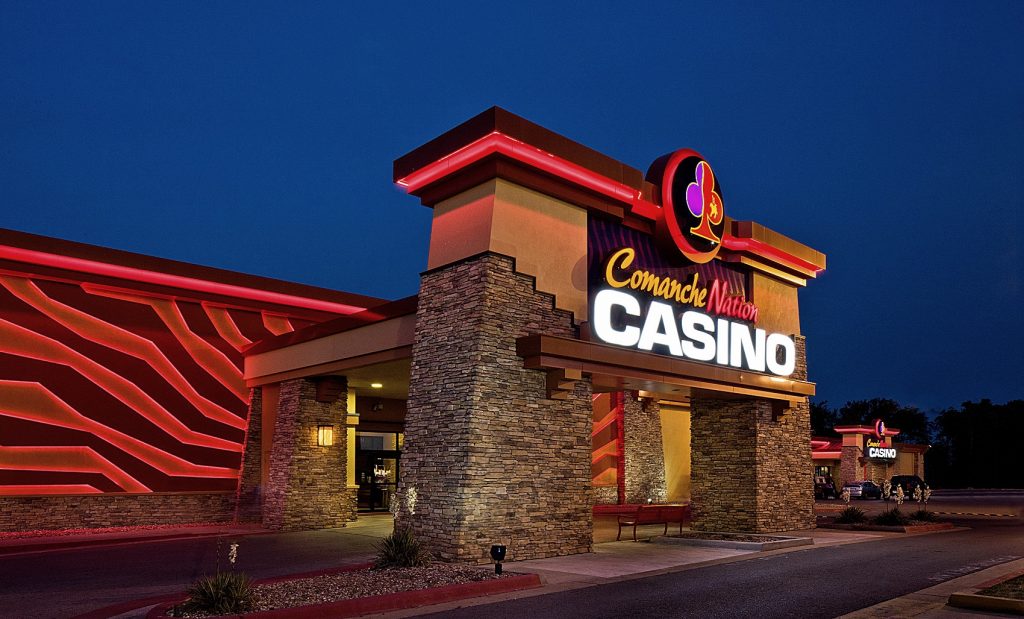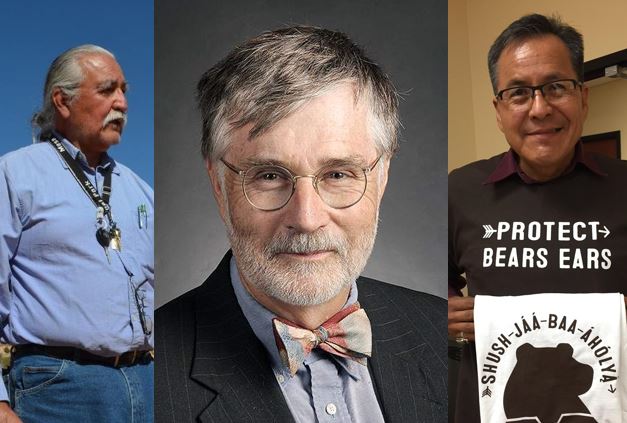According to the National Conservation Easement Database, an organization that gathers and shares information about easements in the U.S., more than 27 million acres of land have been put into conservation easements.
Enter With Caution: Pro’s and Con’s of Signing Land Trusts
Tri-state Livestock News (originally published November 2018)
At the beginning of September, California Rangeland Trust in Sacramento, Calif., released the short film, A Common Ground, which tells the stories of land owners in California who have put their land into conservation easements through the trust.
Produced by Chris Malloy, the film explains why the California Rangeland Trust believes that conservation through land easements is so important.
“Many people don’t realize how important rangeland is to the environment,” said Nita Vail, CEO of California Rangeland Trust. “While much of California is being lost to development, rangeland maintains critical open spaces that provide beautiful viewsheds, healthy protein sources, carbon storage, endangered species habitat, renewable energy and clean air and water. For that reason, and so many more, we must ensure these open working lands are conserved before it’s too late. That is why we produced A Common Ground.”
With the rise of interest in recent years of preserving the environment and using practices what ensure that land is used in a healthy way, the United States has also seen a rise in land trusts and conservation easements.
“Never do a conservation easement for the money
— financial considerations are important but should not be the driving reason behind the agreement.” Dave Sands, executive director of the Nebraska Land Trust
According to the National Conservation Easement Database, an organization that gathers and shares information about easements in the U.S., more than 27 million acres of land have been put into conservation easements.
Many easements involve the land owner selling their development rights to an organization or trust with the permanent agreement that the land will remain as it is currently being used and will never be developed. The agreed upon easement is perpetually tied to the land, even after it is sold to the next owners.
Land owners who choose to enroll their land into an easement often do it to conserve the land, keep the property as a working agricultural piece of land, or for the financial benefits provided through the trust.
After setting up the easement, land owners receive financial compensation per acre of land that they commit to the easement. The rates vary depending on the type/quality of the land. Many of these land trusts are nonprofit and are funded through donations and grants from various partners depending on the trust.
“The amount that land trusts have grown is just phenomenal,” said Kimmi Lewis, a Colorado House Representative for District 64.
Lewis runs a cow/calf ranching operation in south eastern Colorado and has worked firsthand with ranchers from her district through the trials of conservation easements and has carried three conservation easement bills in the state house.
“If you want to save the land as it is, you will get a land trust and a conservation easement, but you’re taking on another partner — you’re selling your development rights,” Lewis explained.
She went on to say that land trusts’ motives and financial information can also be elusive. “The problem with land trusts is that it is a nonprofit so you can’t research them — you can’t find out what they’re all about,” she explained.
According to Lewis, her district is the most sparsely populated area in Colorado, but it has the most amount of conservation easements in the state. Many land owners in her district are also facing issues with “default conservation easements.”
Default easements are agreements where the paperwork for the easement wasn’t filed correctly, the land appraisal was incorrect or some other filing error was made from the start. Land trusts are now calling these default easements “disallowed” which results in court cases to try to fix the easement between land owners and land trusts in these permanent agreements. Battling with land trusts incurs significant court costs for land owners and along with that none of the Colorado cases that Lewis is familiar with have been able to remove the easement from their land.
“People need to keep the rights to their property free and clear,” Lewis said.
Free Range Report
Thank you for reading our latest report, but before you go…
Our loyalty is to the truth and to YOU, our readers!
We respect your reading experience, and have refrained from putting up a paywall and obnoxious advertisements, which means that we get by on small donations from people like you. We’re not asking for much, but any amount that you can give goes a long way to securing a better future for the people who make America great.
[paypal_donation_button]
For as little as $1 you can support Free Range Report, and it takes only a moment.



